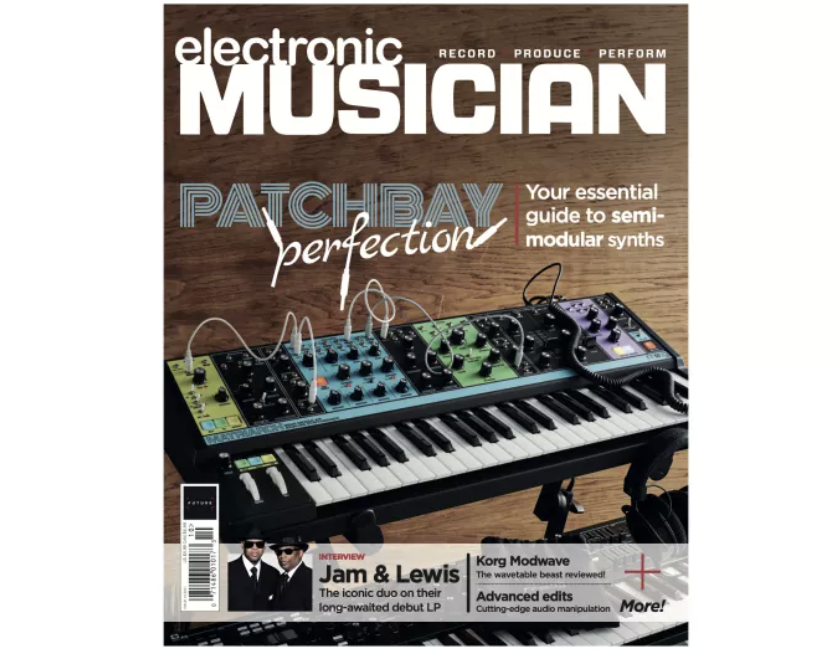How to play synth solos like Rick Wakeman
Learn to play solos from classic Yes tracks Starship Trooper, The Revealing Science of God and South Side of the Sky
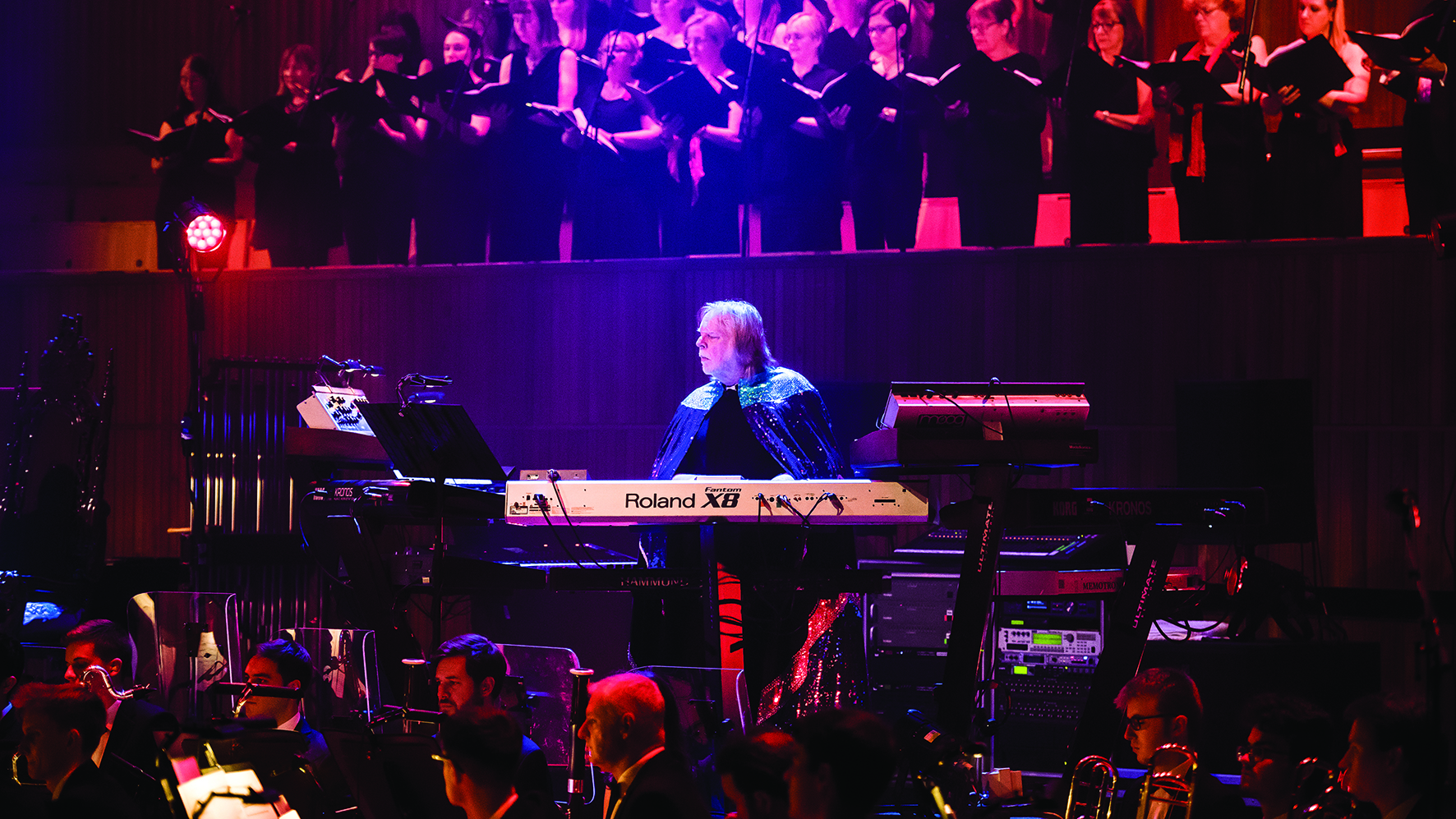
Is there a bigger star in all of prog-rock than Rick Wakeman? It is estimated that he has sold over 50 million albums across his solo career, never mind about that band he used to play in.
Fleet-fingered, flamboyant, funny, and given to excess (he virtually invented the “who has more keyboards” arms race), Mr. Wakeman has created a body of work that has influenced so many of us keyboardists. Let’s look at a few of his best solos from his time with Yes.
A Yes classic
Our first example comes from the live album Yessongs released in 1973, from a concert in December 1972. “Starship Trooper” was part of the classic Yes Album, released in 1971 with Tony Kaye on organ throughout. A three-part suite, the last section was called “The Würm” and featured a three-chord dirge that built in intensity, capping off in a left speaker/right speaker guitar duel by Steve Howe.
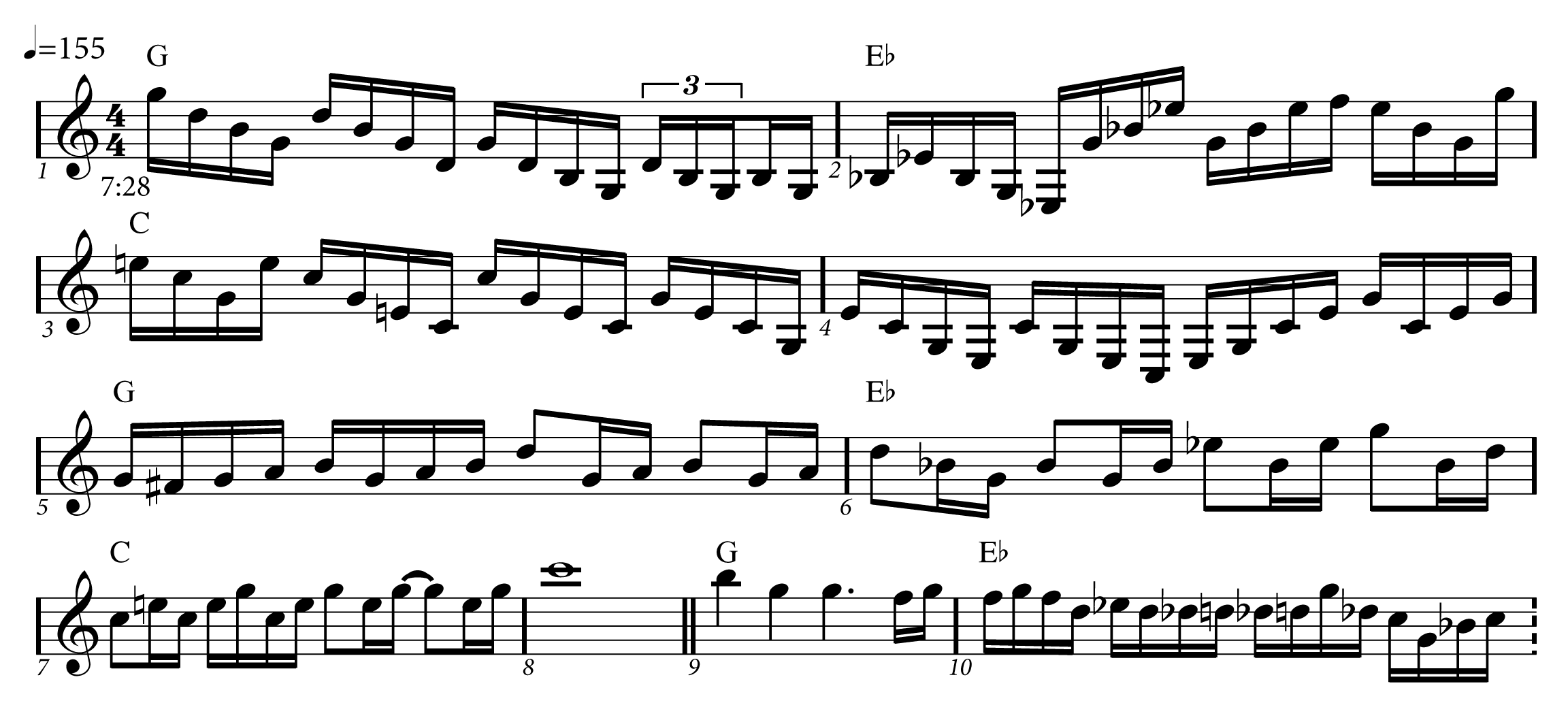
In this live performance, Rick takes a short Minimoog solo before the guitar feature, and he filled the space with his typical flourish of fleet-fingered gymnastics. Example 1 shows the opening of that solo, and while the arpeggiated notes are not that hard to analyze against the harmony, I dare you to equal his articulate chops given the tempo, and remembering just how difficult it is to play so fast and clean on a Minimoog.
None better
After the live album, Yes returned to the studio to record the famous Tales From Topographic Oceans in late 1973. It was controversial for its supposed excess, but within this recording lies my favorite Wakeman synth solo ever committed to tape, in the song “The Revealing Science of God”.
The whole solo is presented in Example 2. The note choices come from the Dorian mode for each chord. Rick shows great taste in his lines, opening the solo on the ninth of the A minor chord, moving through some scale-based runs and then emphasizing the sixth of the chord in his phrase in bar 5. Starting in bar 8 he plays a colorful repeated figure on the D minor, which looks like an Asus chord, so it avoids the more basic root and minor third part of the tonality in favor of more interesting color.
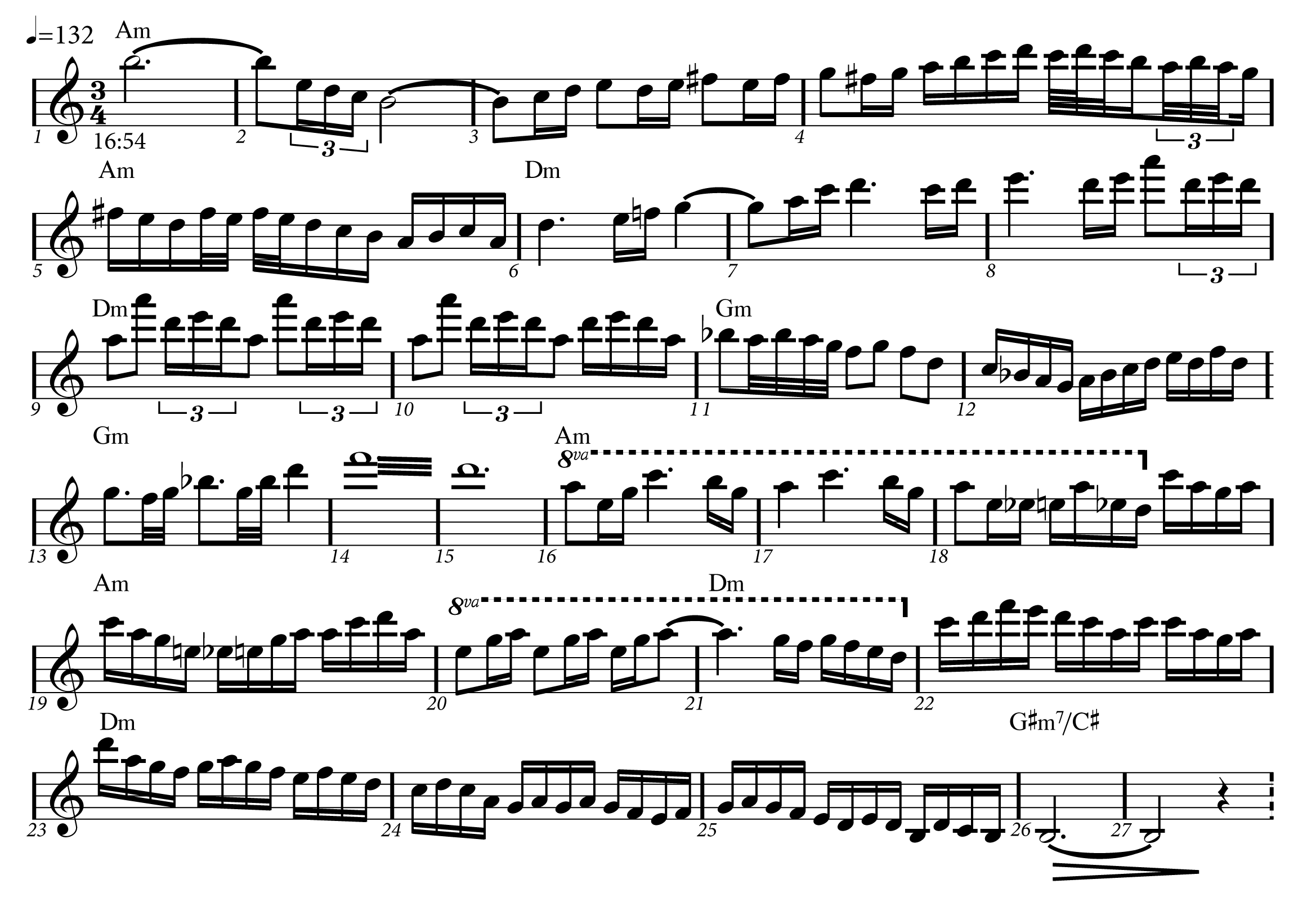
For the G minor chord he plays some scale runs that again center on the 9th and 11th before finishing on more basic chord tones. Then for the A minor he starts using the blues scale (bars 18-20) for a nice change-up. For the final D minor chord he plays a charging downward phrase that again starts to emphasize more colorful, non-triadic note choices. Look at the downbeat of each note grouping in bars 23-25; he uses the 11th, 9th, and 7th of the chord, with the final group starting on the 6th. Tasty.
Get the MusicRadar Newsletter
Want all the hottest music and gear news, reviews, deals, features and more, direct to your inbox? Sign up here.
Revisiting a classic
Rick left and returned to Yes a few times over the years, and he has stated that one of his favorite times coming back to play with them was between 2002 and 2005. During those touring years they played a headlining show at the 2003 Montreux Jazz Festival, which was released as a CD and a DVD disc in 2007. We chose Rick’s solo on “South Side of the Sky”, originally from the 1972 Fragile album for Example 3.
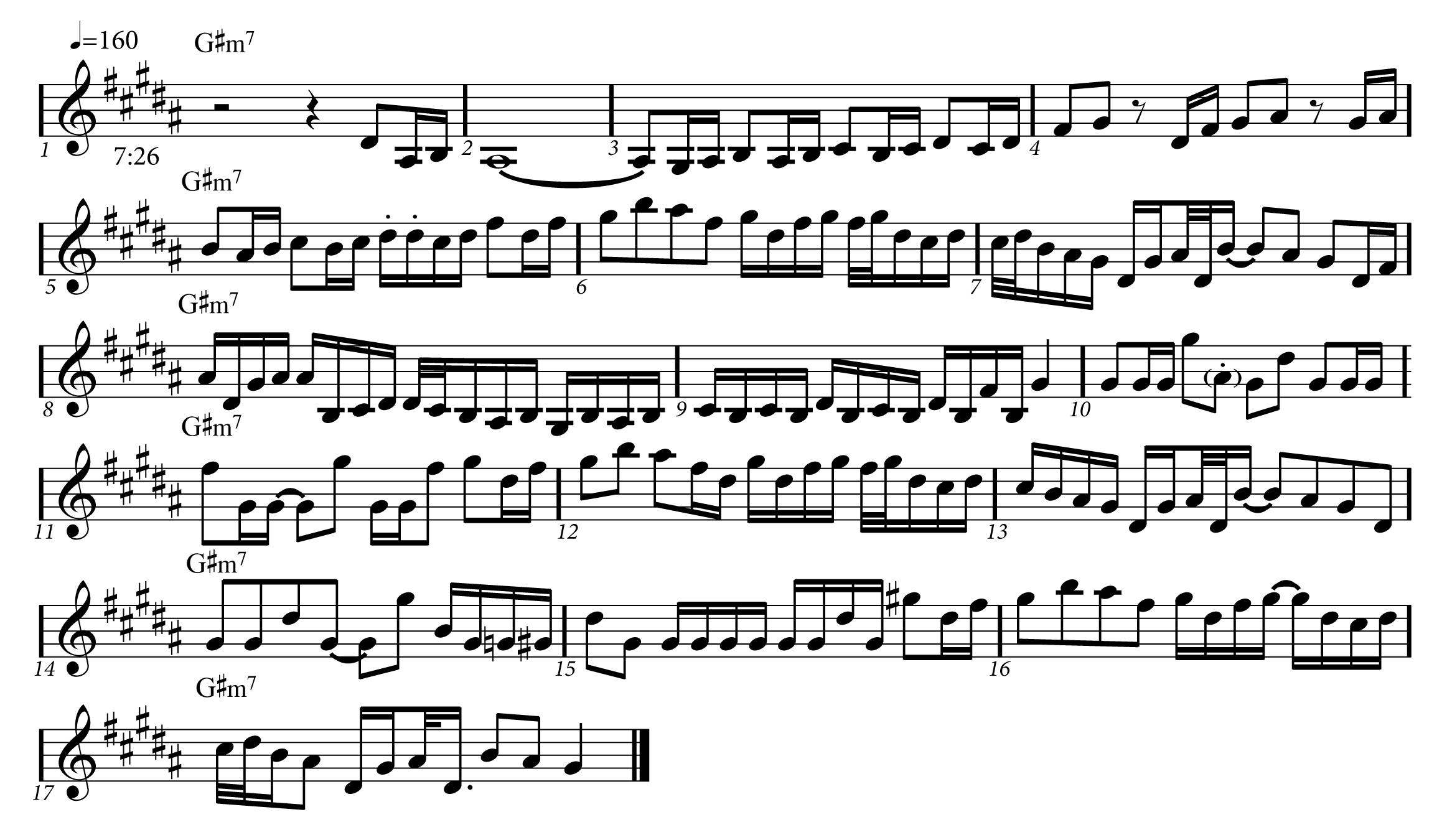
This solo is a blistering synth/guitar duel on a single chord, and Rick really tears it up. Again, he starts on the 9th of the chord, and uses the Dorian mode throughout, although he never touches on the 6th note of the scale.
This example shows off a signature aspect of Rick’s playing, which is the fast little turns, or ornaments he often uses in his lines, both on synth and piano. Look at the figures on beat four in bar 5, beat one in bar 6, beat three in bar 7, beat four in bar 11, and beat one in bar 16. This solo section is the first from the series of trades with the guitar. Enjoy!
Electronic Musician magazine is the ultimate resource for musicians who want to make better music, in the studio or onstage. In each and every issue it surveys all aspects of music production - performance, recording, and technology, from studio to stage and offers product news and reviews on the latest equipment and services. Plus, get in-depth tips & techniques, gear reviews, and insights from today’s top artists!
